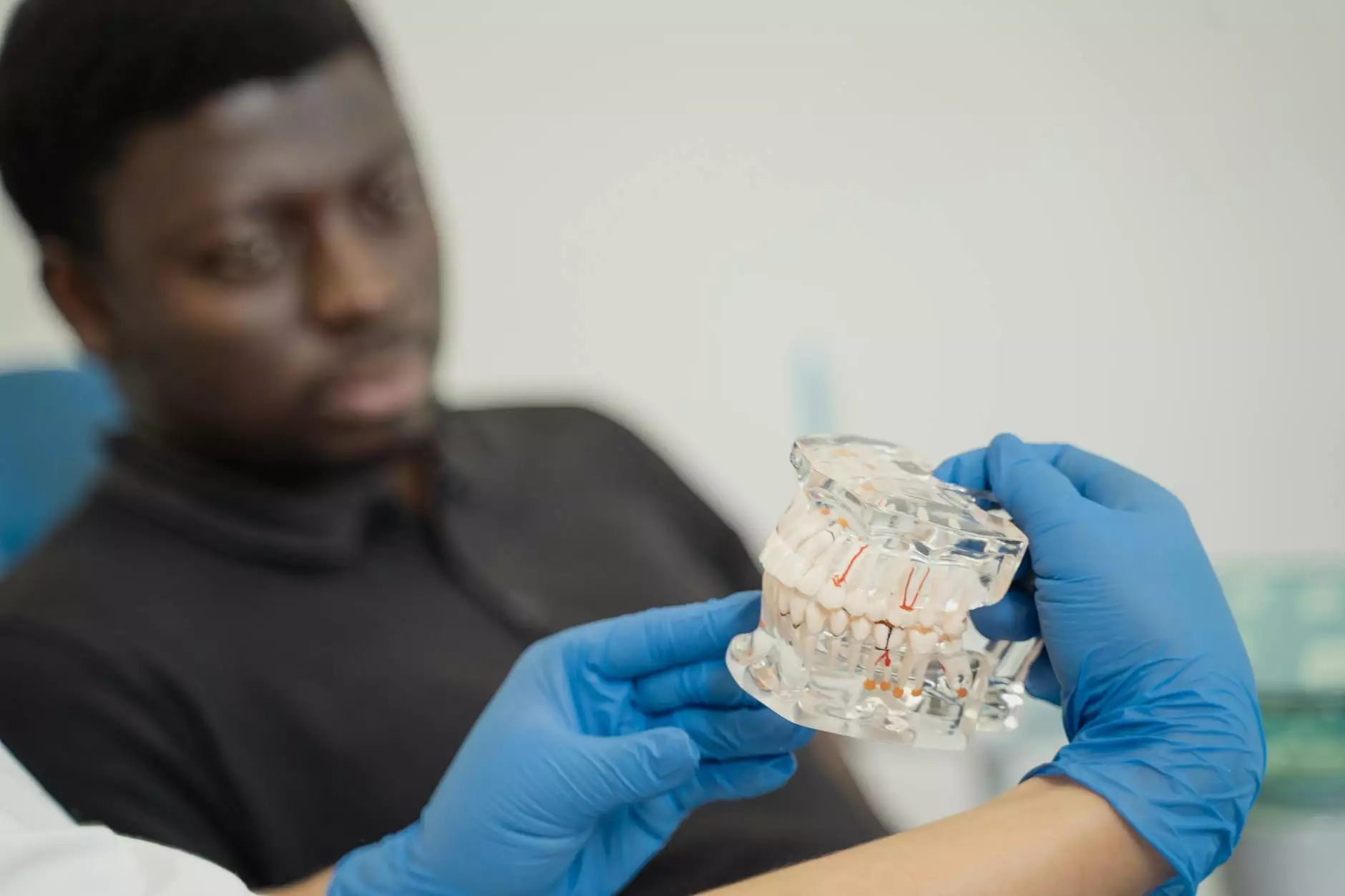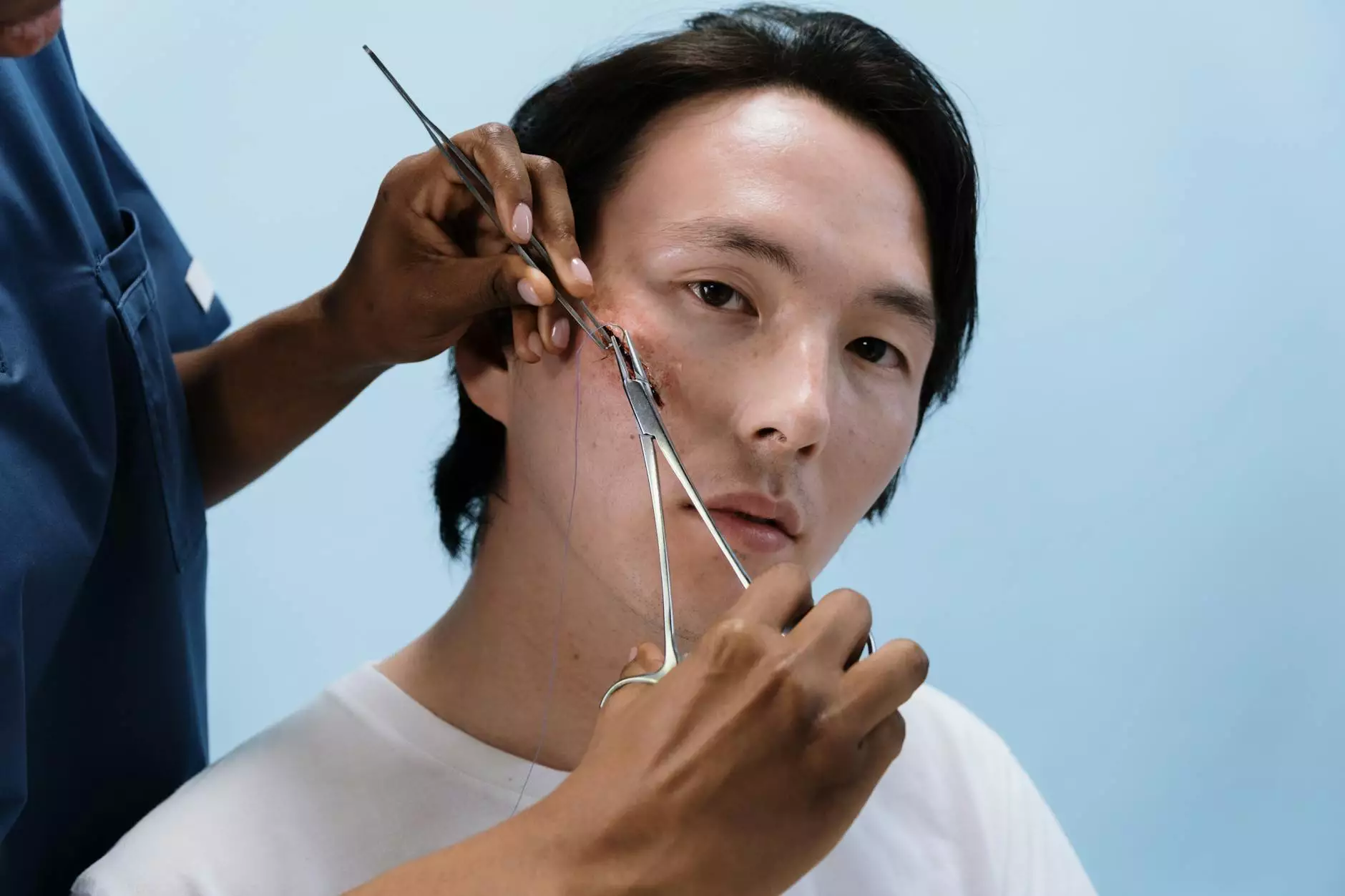Spina Bifida Research: Advancements in Understanding and Treatment

Introduction
Welcome to the Spina Bifida Research page, brought to you by Foley James D MD in the field of Health. Our team is dedicated to advancing the understanding, prevention, and treatment of spina bifida, a complex neural tube defect characterized by incomplete closure of the spinal cord during fetal development.
What is Spina Bifida?
Spina bifida is a type of birth defect that occurs when the neural tube, which forms the baby's spinal cord, fails to close properly. The precise cause is not yet fully understood, but it is believed to be a combination of genetic and environmental factors.
The Impact of Spina Bifida
Spina bifida can have significant physical, developmental, and psychosocial impacts on individuals affected by the condition. The severity can vary widely, ranging from mild cases with minimal symptoms to severe cases that result in lifelong physical and intellectual disabilities.
Types of Spina Bifida
There are different types of spina bifida, including:
- Spina Bifida Occulta: This is the mildest form, where the spinal cord and nerves are usually unaffected. It may go undiagnosed as there are typically no visible signs.
- Meningocele: This form involves the presence of a sac filled with cerebrospinal fluid, protruding through an opening in the spine. Although the spinal cord remains intact, complications can arise.
- Myelomeningocele: This is the most severe form, where the spinal canal remains open along several vertebrae, causing the spinal cord and nerve roots to protrude. It often leads to significant physical disabilities and requires comprehensive medical care.
Current Research and Treatment Options
Significant advancements have been made in understanding spina bifida and developing treatment strategies. Researchers and medical professionals, including Foley James D MD, are at the forefront of driving these advancements. Here are some key areas of focus:
Prenatal Screening and Diagnosis
Improved prenatal screening techniques and diagnostic tools allow for early detection of spina bifida during pregnancy. This early identification enables parents and healthcare providers to make informed decisions regarding the management of the condition.
Surgical Interventions
Surgical interventions performed prenatally or shortly after birth aim to repair the open spinal defect and prevent further damage to the spinal cord. Advancements in surgical techniques have significantly improved outcomes for individuals with spina bifida.
Physical and Occupational Therapy
Comprehensive physical and occupational therapy programs play a crucial role in managing the functional impairments associated with spina bifida. These therapies focus on enhancing mobility, strength, independence, and overall quality of life for individuals with the condition.
Continuum of Care
As individuals with spina bifida transition from pediatric to adult healthcare, the provision of a continuum of care ensures ongoing support and specialized medical management. By addressing the evolving needs of patients throughout their lifespan, a comprehensive approach to care is maintained.
Conclusion
At Foley James D MD, we believe that through continued research and collaborations, we can advance our understanding and treatment of spina bifida. Our dedication to improving the lives of individuals affected by this condition drives our commitment to delivering high-quality care and pursuing ongoing research initiatives. Together, we can make a difference in the lives of those living with spina bifida.
If you have any questions or if you or a loved one are seeking specialized care for spina bifida, please do not hesitate to contact our knowledgeable team at Foley James D MD in the field of Health. We are here to assist you every step of the way.









